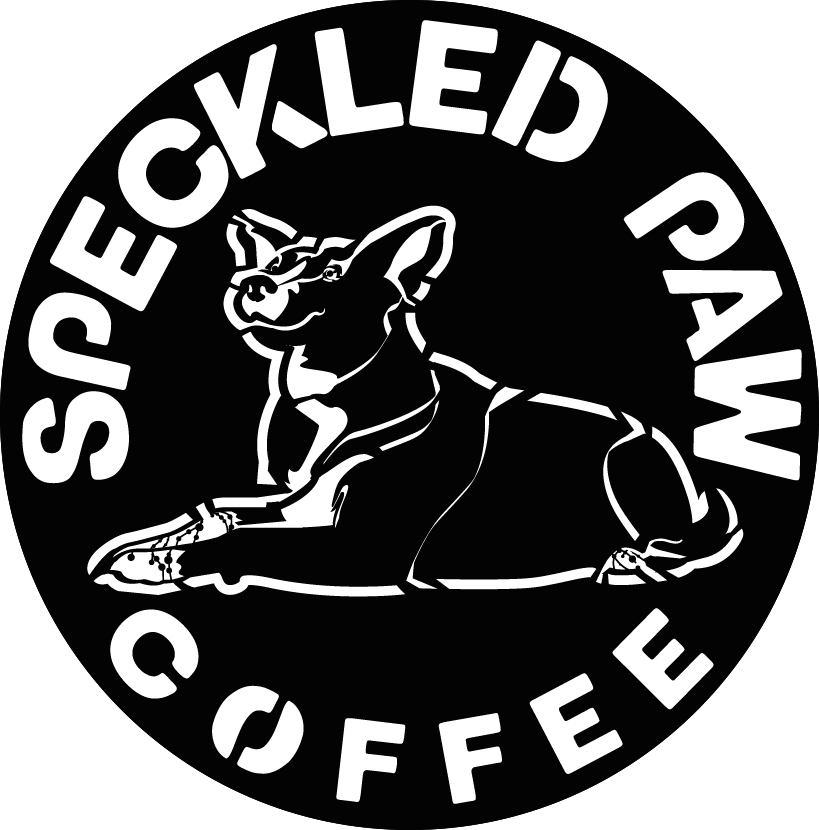John B. Marek is a storyteller with dirt under his nails who weaves tales inspired by a lifetime immersed in nature. His insightful essays and award-winning fiction delve into the complexities of sustainable living, the heart of rural communities and the thrill of outdoor adventure. You can find more of his writing at johnbmarek.com.
I was paging through the latest “Popular Mechanics” when a full-page ad for a cologne called New Journalist caught my eye. The name was peculiar, evoking visions of ink-stained reporters rather than the rugged, tool-savvy readers I associate with the magazine. Intrigued by the ad placement, I dug deeper and discovered that the fragrance is made by a luxury brand called Michael Malul and costs a whopping $130 a bottle. Was this cologne, with its sophisticated branding and premium cost, really aimed at the “Popular Mechanics” demographic?
As I explored, I couldn’t help but reflect on my own fragrance journey – from the zesty Right Guard lime stick deodorant and borrowed Avon musk of my junior high days to my Cool Water phase in the early 1990s. The evolution of men’s fragrances over the past few decades mirrors broader cultural and market shifts, and my personal story weaves into this larger narrative. Still, a $130 bottle of cologne in “Popular Mechanics”?
Historically, “Popular Mechanics” has catered to a readership of hands-on, mechanically inclined men – think gearheads, DIY enthusiasts and tech tinkerers. The magazine’s core audience, traditionally middle-class and pragmatic, skewed toward practical purchases over luxury indulgences. A $130 bottle of cologne like New Journalist feels like an outlier in this context. So, has the “Popular Mechanics” demographic changed? And if so, what does that say about our society in general?
It appears that over the past decade, the magazine has broadened its appeal to reflect a more affluent, cosmopolitan reader. While still rooted in technology and craftsmanship, “Popular Mechanics” now covers lifestyle topics like high-end gadgets, adventure travel and even grooming. This shift aligns with a growing cultural acceptance of men’s self-care and luxury consumption, concepts that would have felt very foreign to the readership of the ‘60s or ‘70s. According to industry data, men’s prestige fragrance sales grew 16 percent since 2000, with half of men who purchase fragrances wearing them daily – a 12 percent increase from the previous decade. This suggests a market increasingly comfortable with premium grooming products, even among traditionally practical demographics.
The modern “Popular Mechanics” reader might still wrench on a car or build a workbench, but they’re also likely to invest in a smartwatch or a sleek electric vehicle. A $130 cologne, positioned as a statement of individuality like New Journalist, may fit this evolved identity. The ad’s placement reflects a calculated bet: Today’s readers are more style-conscious and willing to spend on personal branding, even if their roots remain in the garage.
It turns out Michael Malul also has a fragrance called American Novelist at that same $130 price point. As both an American and a novelist, you might think I am the target market, but I suspect the actual target is men who ASPIRE to be a novelist. I actually get that. In my twenties, long before I’d written anything much beyond a long letter to my buddy Carl, I occasionally made purchases that reflected my desire to be seen as a writer, a creator. My choice of pens, notebooks and, most famously, my Banana Republic “Israeli paratrooper briefcase” were all reflections of that desire. Having said that, none of those items cost $130, and I’m pretty sure the most I’ve ever paid for a bottle of cologne is $30.
In junior high, Right Guard lime stick deodorant was my gateway to grooming. Its bright, citrusy scent was cheap, accessible and perfect for a kid trying to mask gym-class sweat. It wasn’t about sophistication – it was about not smelling bad. The lime note, sharp and synthetic, was, I suppose, distinctive in its own way, but I doubt any of my classmates thought of me as “that lime guy.”
When something more than deodorant was required, I fell back on my father’s extensive array of Avon scents in weird collectible decanters. His Avon collection was large because he never used cologne, but people inexplicably kept gifting it to him. The scents were cloying musk and sandalwood and pine. I attended prom smelling very much like a boreal forest.
By the early 1990s, as a young professional, I graduated to Cool Water. It was a revelation: fresh, clean and effortlessly cool. I’d splash it on before heading to the office in the morning, feeling like it gave me an edge. Compared to Right Guard’s one-dimensional zing and Avon’s oppressive musk, Cool Water’s aquatic depth felt mature yet approachable, aligning with my ethos of casual confidence. Looking back, my Cool Water phase was less about fragrance connoisseurship and more about fitting into a cultural moment where smelling “fresh” was king.
Today, encountering New Journalist’s $130 price tag in “Popular Mechanics” gives me pause. It’s a far cry from my $30 Cool Water bottles or $2 Right Guard sticks. Would I ever spend $130 on a cologne? Probably not – my practical roots still lean toward value. Heck, I sometimes buy my deodorant at Dollar Tree: a buck twenty-five, baby! But I can sort of see the appeal for the modern “Popular Mechanics” reader, whose garage might now house a Tesla alongside their vise-grips and who might secretly aspire to be the next Woodward or Bernstein … or Berendsohn.

